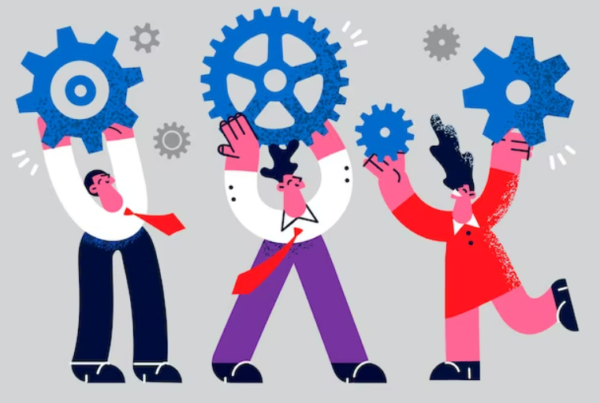High-Performing Teams
What makes some teams perform better than others and what makes these teams different from others?
Teams that are high-performing are made up of people with complementary skills and specialized expertise who are focused on achieving outstanding results. They work together to innovate and collaborate to produce the best work. Building a high-performing team takes more than just assembling talented people with the right skills. It takes careful development and nurturing of key behaviors and best practices.
We’ll discuss 8 characteristics of high-performing groups and how to foster them in your own team. High-performing teams are:
- Set clear goals that are closely tied to the team’s and organization’s priorities
- Learn how their work fits in with the organization’s mission
- Define roles and responsibilities
- Communicate clearly and respectfully
- Priorities are key to managing work and deadlines
- Respect and trust each other
- Recognize and celebrate success together
- Continuous learning is a must
High-performing teams have certain characteristics
Although every team is unique, there are some common traits that high-performing teams share.
1. They have clearly defined goals that are closely tied to the team and organizational priorities.
High-performing teams are aligned in their focus, purpose, and priorities. This aligns their team and individual goals to achieve this shared vision. They are clear and aligned so that everyone understands what they need to accomplish and how they can get there.
2. They are able to see how their work fits in with the organization’s mission.
When employees understand how their job fits into the context of the overall goals and mission of the organization, they are more engaged and productive. High-performing teams understand their “why” and work together towards a common vision.
3. They have clearly defined their roles and responsibilities.
A talented and productive team can be quickly stifled by conflict. High-performing teams minimize unnecessary conflict by defining each person’s role and responsibilities clearly. This avoids confusion about project ownership, organizes workflows and timelines, and ensures accountability throughout the organization.
4. They communicate clearly and respectfully.
Communication problems can lead to conflict and poor performance. High-performing teams set clear expectations and channels for communication so everyone knows when and where to communicate and who they need to connect with. High-performing teams understand how to manage conflict in a healthy manner that doesn’t cause more problems.
5. They set priorities and manage deadlines.
High-performing teams are focused on the most important things and allocate their time accordingly. They recognize that not all work is equally important or urgent and manage projects according to which tasks have the greatest priority and greatest impact. This keeps work aligned with organizational goals and ensures everyone is focused on work that drives growth.
6. They respect and trust each other.
Trust and mutual respect are essential for high-level collaboration and teamwork. High-performing employees trust each other to do their jobs and value one another. They value diversity and appreciate the contributions of others. This trust culture benefits everyone.
- Bring your full self to the job
- Take chances
- Ideas to share
- Together, innovate
7. They celebrate together success and recognize contributions.
High-performing teams know that team effort is key to success. They celebrate wins together and take opportunities to recognize and show appreciation for each employee’s contributions. This creates a culture of collaboration that makes everyone feel valued and connected.
8. They are committed to continuous learning.
Even the most successful teams can always improve. High-performing teams are open to receiving feedback and learning from their mistakes. They look for opportunities to grow by nurturing a feedback culture and investing in ongoing employee development. Continuous learning drives growth and motivates teams to achieve greater success.
Build a high-performing group
It takes time to build a team that is highly productive. It requires commitment and a willingness to invest in continuous growth. These are some tips to help you get started.
Share a sense of purpose.
Employees need to feel connected to their team by having a common purpose. This is where clear goals and team alignment come into play.
High-performing managers are constantly reviewing priorities and setting goals for their teams to ensure that they are aligned and effective. You can keep organizational goals in your mind by communicating regularly and linking them to the work of the team.
Take advantage of one-on-ones to check in with team members on their progress, identify key priorities, and ensure their work aligns with the overall team goals. This creates a sense of purpose for the team and helps to ensure that everyone is working in the same direction to improve performance.
Streamlined communication
High-performing teams need to be agile and focused. Clear, concise communication is crucial. Establish clear communication expectations and processes to keep everyone on the same page.
Slack channels might be used by teams for updates and water cooler chats, but Asana project management tools are used to store project data, assign responsibilities and track progress.
Communication processes are important to avoid conflict. They also ensure that key information is shared with the right people. Assignments and responsibilities are clearly defined and no one gets left behind.
Invest in employee development.
For outstanding results, create a culture that encourages continuous learning and improvement. People who are highly productive are curious. They are curious and ask questions. Teams that are constantly learning from their mistakes and building on their knowledge are more efficient, productive, and innovative.
Invest in the growth and development of your employees to improve team performance. Find the right development opportunities that are focused on your team’s priorities and needs, as well as your individual goals. Employee development opportunities help employees feel motivated, empowered, and better equipped to do their job.
It takes a marathon to build a high-performing group. The payoff is worth it if you have the right combination of skills and experiences and nurture the fundamental characteristics that make a team a high-performing one.
High-performing teams consist of highly skilled employees who feel supported and united by their managers to achieve team and business success.




